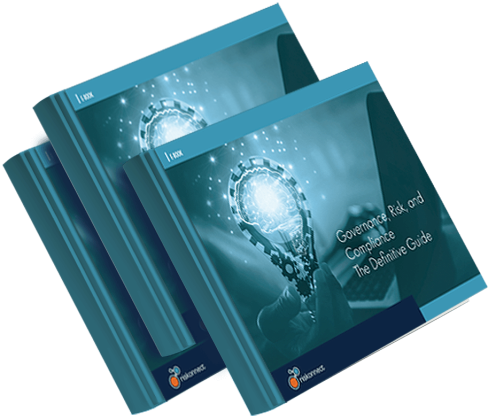- What is GRC is and how to assess your maturity
- Why integrating GRC processes is beneficial
- The use of AI in GRC
- The value and benefits of GRC software
- How to build a business case for a GRC platform

Governance, risk, and compliance (GRC) comprises a framework of processes and strategies designed to help organisations meet their objectives, navigate uncertainty, and operate with integrity.
GRC processes should embed sound business practices into everyday operations. Today, GRC encompasses a wide range of areas, including enterprise risk management, compliance, third-party risk, internal audit, and more. Although each area has distinct goals and methodologies, forward-thinking GRC leaders are realising the benefits of sharing insights and data across disciplines to generate deeper insights and build more resilient organisations.
This eBook from our parent company ‘Riskonnect’ explores the fundamentals of GRC and demonstrates how an integrated approach empowers leaders to make informed, swift decisions that safeguard their organisations.
Governance, risk, and compliance (GRC) comprises a framework of processes and strategies designed to help organisations meet their objectives, navigate uncertainty, and operate with integrity.
GRC processes should embed sound business practices into everyday operations. Today, GRC encompasses a wide range of areas, including enterprise risk management, compliance, third-party risk, internal audit, and more. Although each area has distinct goals and methodologies, forward-thinking GRC leaders are realising the benefits of sharing insights and data across disciplines to generate deeper insights and build more resilient organisations.
This eBook from our parent company ‘Riskonnect’ explores the fundamentals of GRC and demonstrates how an integrated approach empowers leaders to make informed, swift decisions that safeguard their organisations.
